
If 2020 saw millions of consumers migrate online, 2021 showed the staying power of digital. From shopping to services, new users who may have begun their online journeys due to necessity are now proactively deepening their usage. Speed, convenience, and price are just a few of the reasons more consumers are now choosing digital-first lifestyles.

In 2021, APAC’s digital migration continues with people going online to access services that were disrupted by physical shutdowns. In the first half of the year alone, 20 million people in Southeast Asia became new digital consumers. But what we are also seeing this year is the staying power of digital. Rising searches in 2021 paint a picture of how the many newcomers have not only dipped their toes into the online world, but also taken the plunge to integrate digital into their lifestyles.
Indeed, even as offline spaces start to open up, consumers who have grown more comfortable with the digital world are now choosing to stay online. In 2021, more than 58% of consumers in India and China are buying the majority of items they need online instead of going in-store, up from 34% last year.1 Benefits like time and cost savings, flexible payment options, diversity of product offerings, and delivery services are motivating shoppers to choose digital-first experiences.
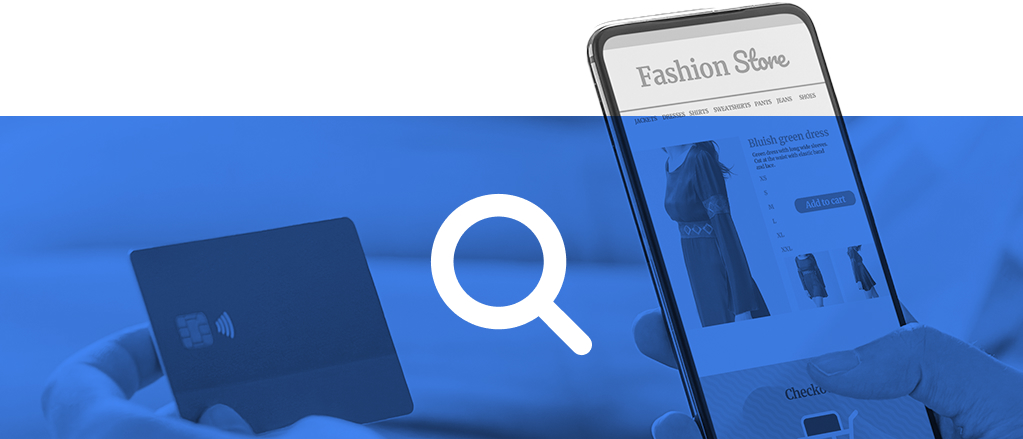
In some cases, online shopping has even outpaced traditional retail. In 2021, China became the first country in the world to see e-commerce sales overtake store sales. South Korea follows closely behind, with just under a third of all its retail sales occurring online. Today, consumers are not only seeing digital as a useful channel for research and decision-making, but also as the easier option for completing their purchases. A recent study, for example, found that close to half of shoppers in Japan choose to both research and purchase exclusively online.2

The rise in users pushed online by the pandemic meant that brands had to adapt and digitalize at a scale and pace they had never planned for or expected. This resulted, often quite successfully, in scrappy solutions and quick-fix pivots, as businesses forced moments of flexibility within traditional marketing and business models.
Now that consumer behaviors are no longer only fueled by the pandemic, but also by the draw of a digital-first lifestyle, brands need to set themselves up to not only be COVID-proof, but future-proof as well. This is a watershed moment to rethink the agility of your business model and ensure it is ready for any changes that may lie ahead, while still keeping the customer at the center of what you do.

New users and businesses online
As new users come online, businesses are evolving their digital strategies to meet people where they are. Growing searches across APAC show businesses seeking to understand more about digital transformation strategies and online inventory management, while new online shoppers are looking to be rewarded for their brand choices.
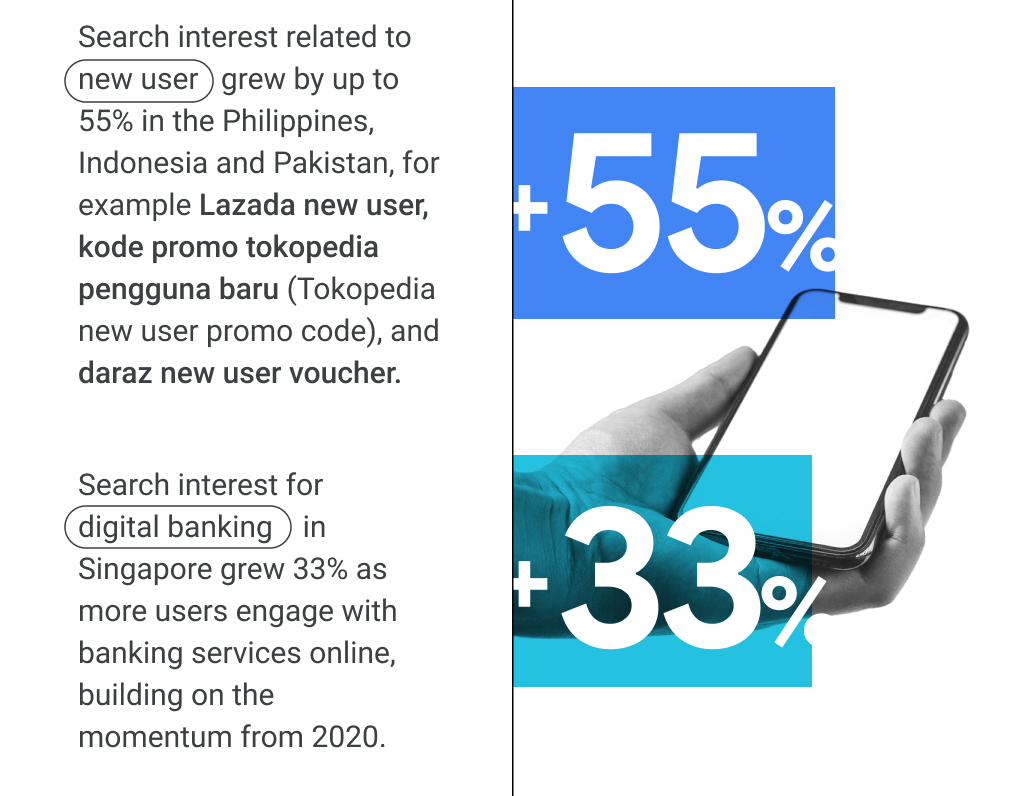
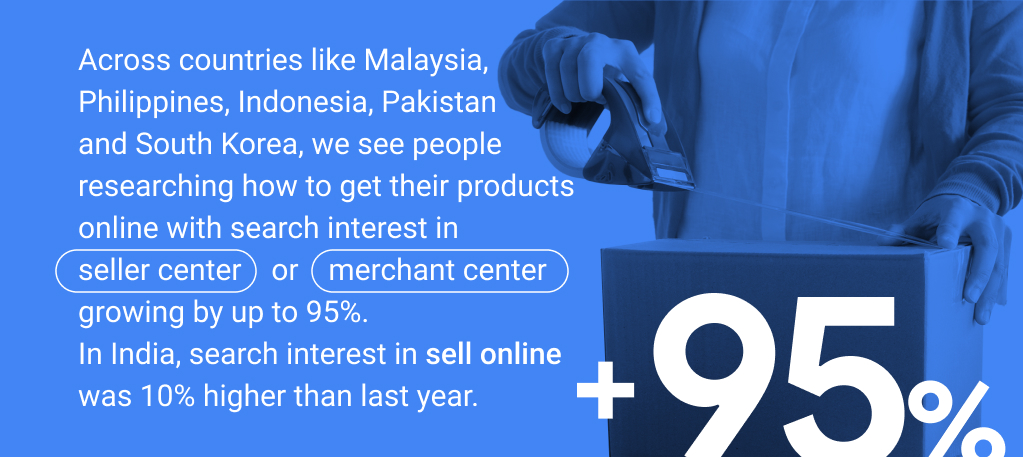

Online-first shopping experiences
Today, almost half of APAC consumers surveyed see no reason to go in-store if they can buy what they need online.3 Rising searches show how shoppers are using digital channels as a helpful tool for decision-making, but are reluctant to endure downsides like delivery waiting times and costs.
![People are looking to build their consideration sets online. Search interest in "ยี่ห้อ ไหน ดี" (which brand is good) grew by 30% in Thailand. “[XYZ] brands in Pakistan” grew by over 25% as people try to learn more about the brands available locally.](https://storage.googleapis.com/twg-content/original_images/09_15.jpg)
![In Japan, we see 80% growth in search interest in "セール いつ" (when is [XYZ] brand’s sale) as people do more online research to find out when their favorite brands are holding sales.](https://storage.googleapis.com/twg-content/original_images/10_15.jpg)
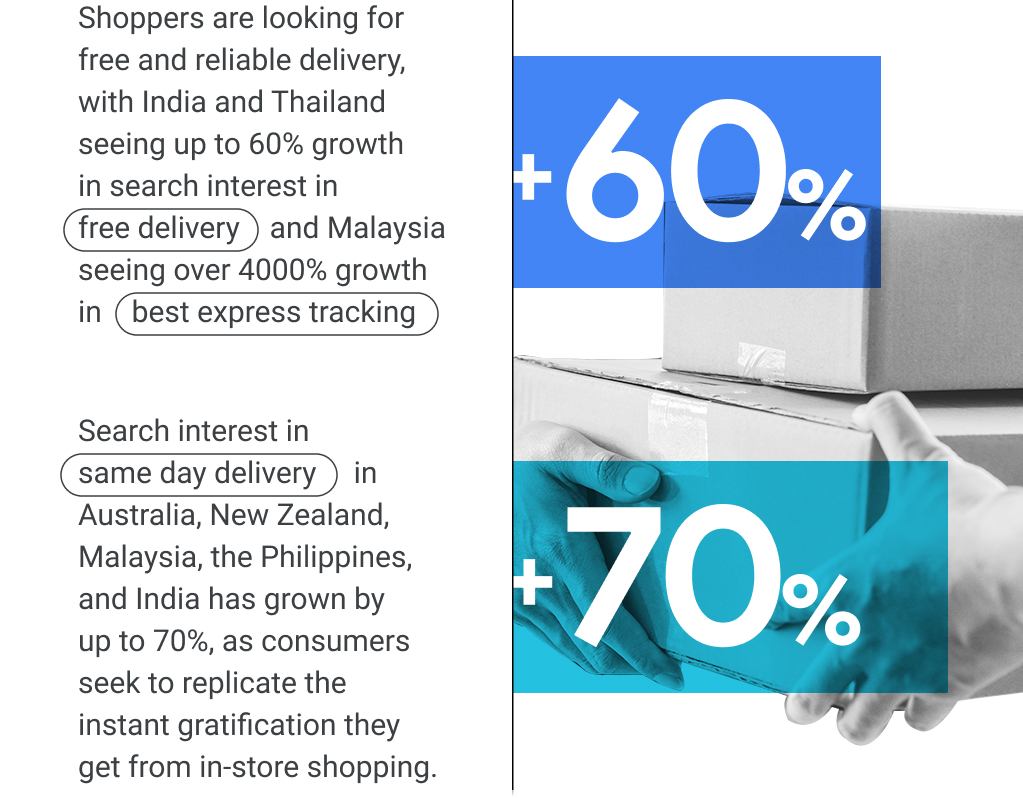
Digital in our day-to-day
People are expanding the use of apps and technology in their day-to-day lives, as well as experimenting with new digital services like contactless payments. While digital wallets may have been adopted as a contact-free payment method during the pandemic, their ease and convenience are converting consumers for good. In the first quarter of 2021 alone, Mastercard saw 1 billion more contactless transactions as compared with the same period in 2020.4
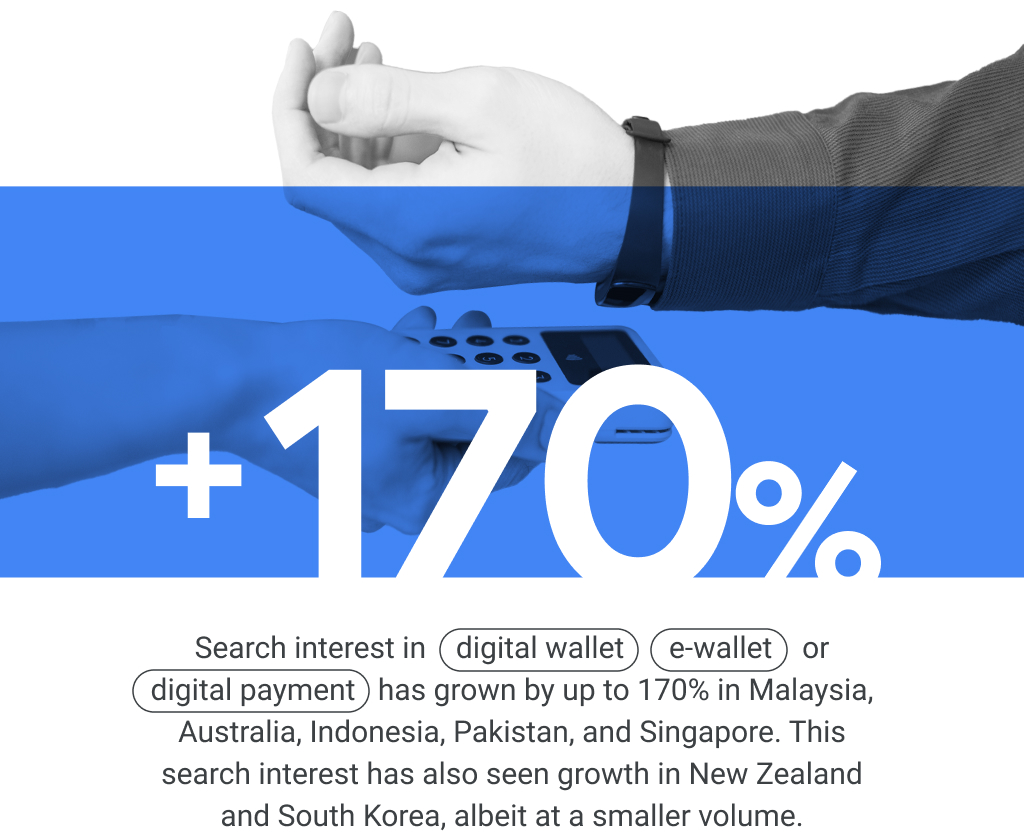
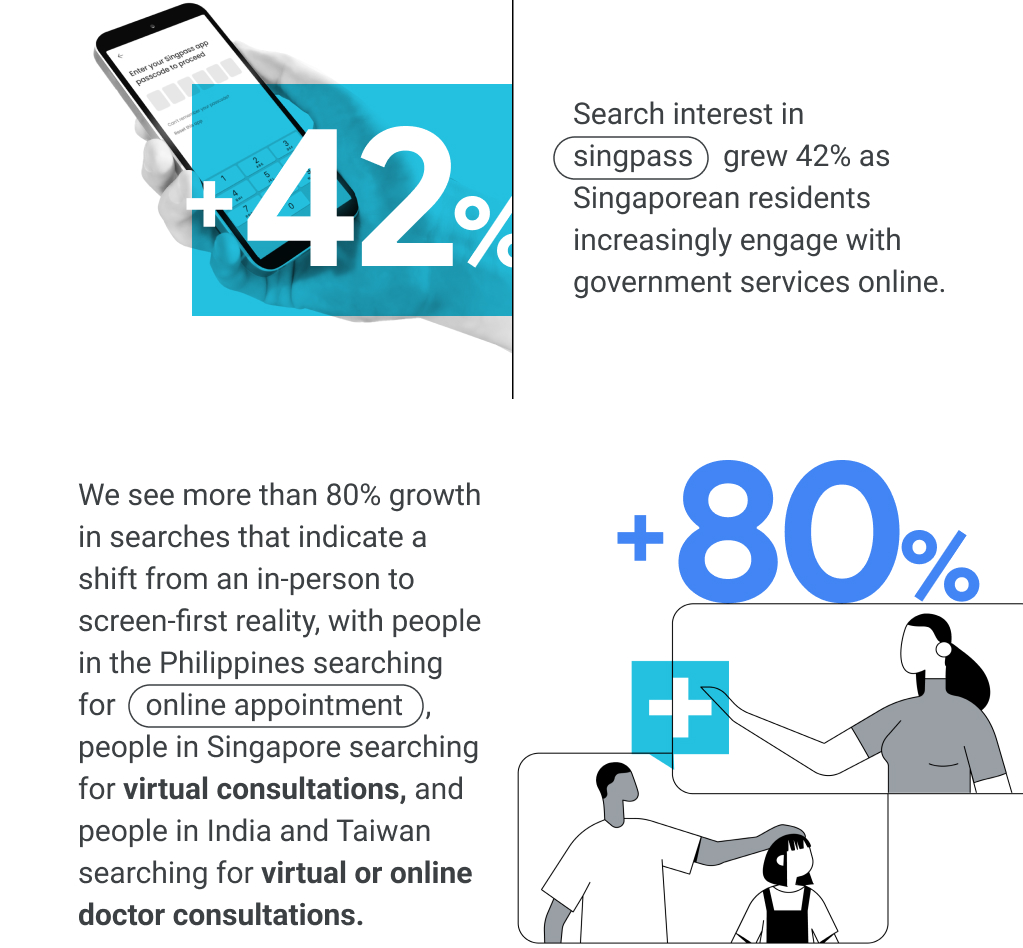
Preference for digital formats
Searches for digital formats continue to gain momentum as APAC consumers entertain themselves online. Streaming on connected TV has taken off,5 live commerce is expanding its reach,6 and even when people take a break from the screen, they're opting for content like podcasts7 and audiobooks which they can enjoy on-the-go.
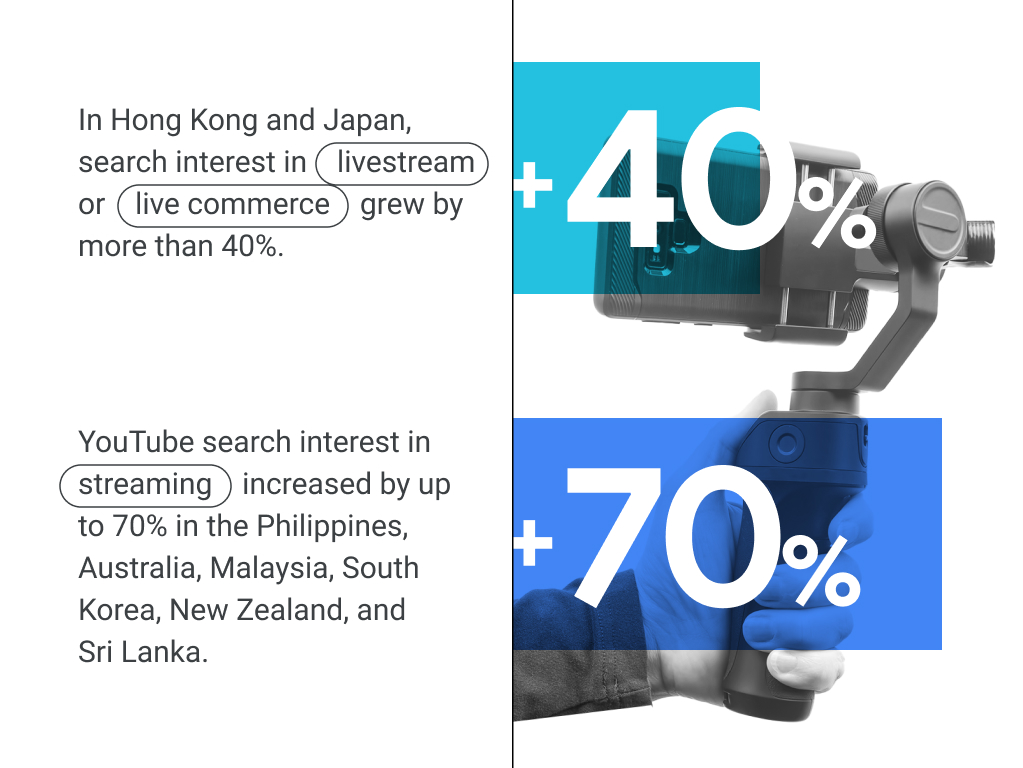
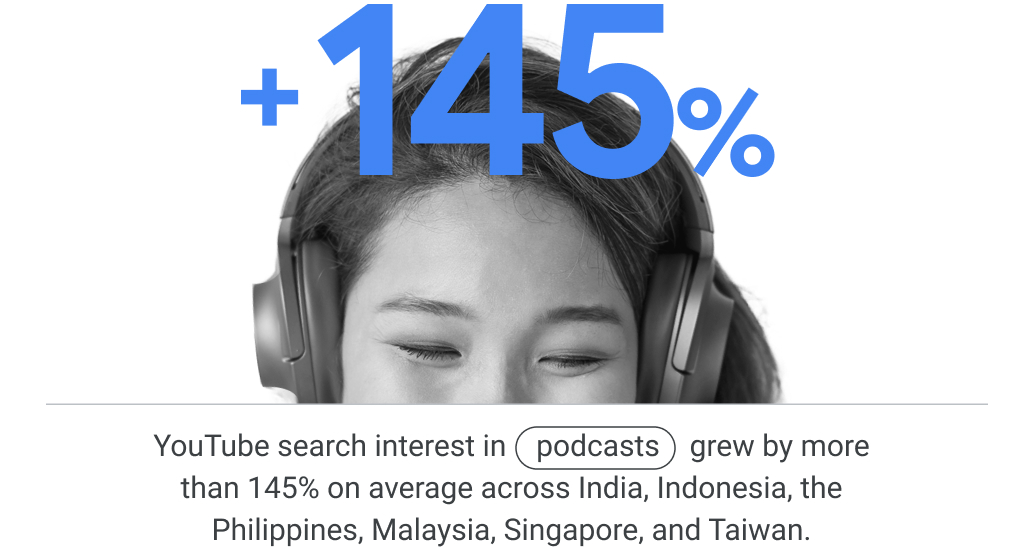

While COVID-19 created an urgency for more people and businesses to meet online, searches reveal a rise in digital-preferred behavior. At first, many brands responded to the initial rush online by finding flexibility in existing marketing strategies to solve for pandemic-related challenges. Now, the fast evolving online landscape calls for a more agile business model that is not only COVID-proof, but future-proof as well.

"What many leaders feared, and the pandemic confirms, is that their companies were organized for… standardization and predictability that's [now] being overwritten by four big trends: a combination of heightened connectivity, lower transaction costs, unprecedented automation, and shifting demographics."

With the magnitude of the shift to online as a preferred channel for so many people in APAC, it's clear that digital is where the masses are at. This means that channel strategies that only rely on "above the line" advertising for mass reach are fast becoming outdated.
For example, although TV viewership for the Tokyo Olympics hit a record low, advertising budgets did not reflect this shift, with brands still paying as much as ever for commercials. Is your audience and media strategy reflecting the reality of where audiences are today?


Before deciding on your digital advertising strategy, check out best practices and tips for audience reach and segmentation strategies.

Stay on top of the latest consumer insights and best practices across marketing objectives and shopper moments, and use them to inform your digital strategies.

Consumers expect to be able to fulfill their shopping needs whenever they need, and wherever they are. We know purchase decision-making is not linear, there is a complicated web of touchpoints that differs from person to person. And with new innovations like Google Lens, more people are browsing online for inspiration in fresh, unique ways.
Be ready to meet people wherever they are on their shopping journeys and create helpful bridges to take them one step closer to your storefront.
Show up for people searching for what you're selling by featuring your products on free listings in the Shopping tab on Search.
Shorten the path from your ad to your virtual storefront by connecting your product feed to either Video action campaigns to drive customers to your site, or App campaigns to take them to your mobile app.

AIS, Thailand's largest mobile operator, more than doubled its click-through rate by adding product feeds to its TrueView for Action campaign compared to a similar campaign that only had sitelink extensions.

"It brings the product shelf one step closer to customers. The results show an impressive increase in clicks and conversions."
Search interest in "open now near me" has grown over 2X globally year over year.8 To create a seamless online to offline experience for your shoppers, use Local inventory ads to promote your products that are available for in-store or curbside pickup.


Digital is leveling the playing field for businesses. Traditional industry norms such as size of stores and retail legacy matter less as 90% of APAC consumers expect retailers to sell their products online, and even those who purchase offline still refer to at least one digital channel for research.9 This means that every brand has the opportunity to enjoy borderless growth, especially those that focus on seamless online-offline experiences for their customers.
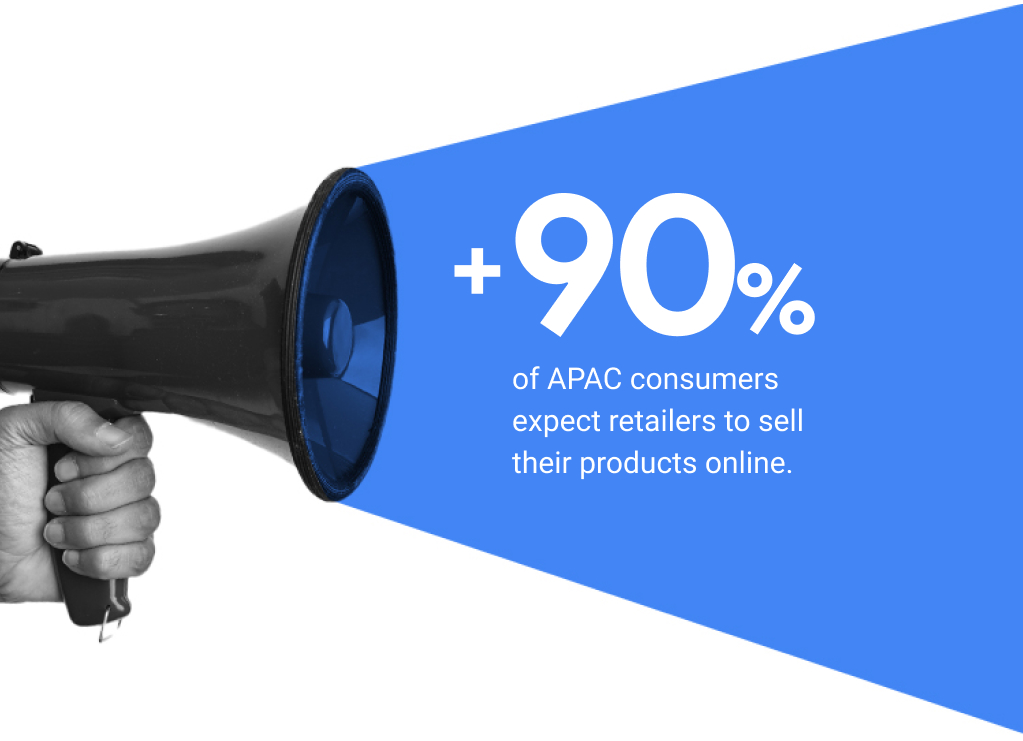

Build an agile omnichannel strategy that enables your business to unlock short-term wins and long-term growth.
An omnichannel ecosystem doesn't just entail showing up online. More importantly, it requires an integrated, cross-functional business strategy. Transformation needs to come from within in order for your brand to meet ever changing consumer needs and drive sustained business growth. This agility, coupled with customer-centricity, is what will open doors to new business opportunities.

The advent of online shopping means you can now connect with customers beyond physical borders, like how Singapore-based Shopee expanded its reach outside of Asia to become the most downloaded shopping app in Brazil.10

Connect and innovate the shopping experience, both online and in-store.
Simply moving a part of your business online will not satisfy the growing consumer demand for a seamless experience. Offer the best of online and offline shopping so that consumers can engage with your brand effortlessly, at their fingertips or in stores.

Get the last mile delivery right. Time and cost savings are the two benefits people value most in online shopping, while shipping fees and long delivery times are deal breakers.
In China, Sephora launched a one-hour delivery service through its online retail platform to mirror the instant fulfillment shoppers would get from an in-store shopping experience.11
Leverage immersive technologies to replicate offline shopping experiences online and elevate the in store shopping experience.
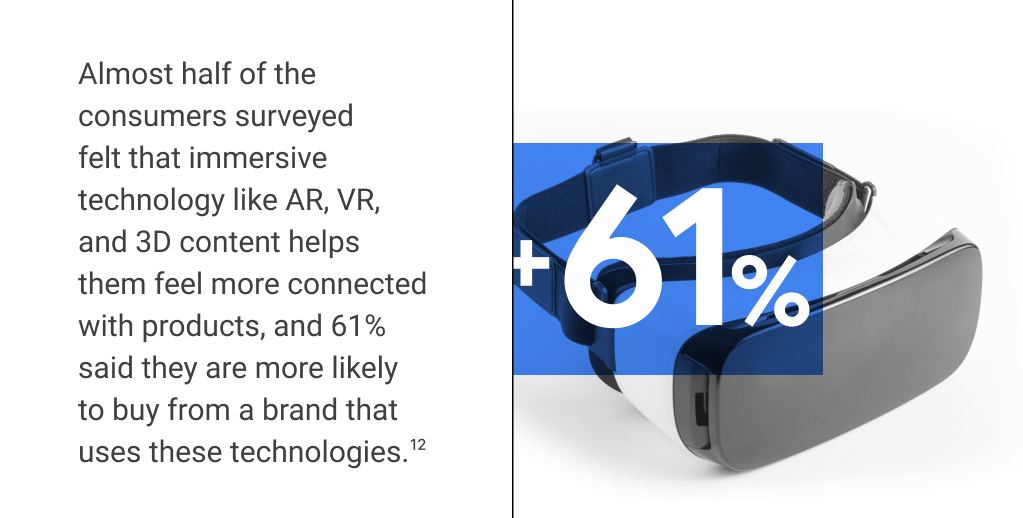
Live commerce is fast gaining popularity for its immersive, participatory shopping experience, and shoppable video presents opportunities for experimentation. As many creators go live to review products and discuss their shopping hauls, livestreaming is becoming increasingly influential in the consumer's decision-making process.

YouTube's Holiday Stream and Shop hosted livestreams by creators and brands together.
Conversational commerce can personalize shopping journeys and offer shoppers assistance. For example, a live chat function on your e-commerce platform enables a two-way exchange with customers. Shoppers can clarify delivery statuses or ask questions, while your brand can showcase relevant products and learn from customers why they drop off.




